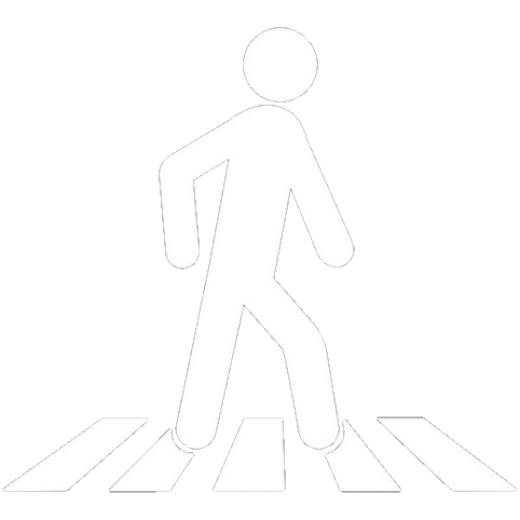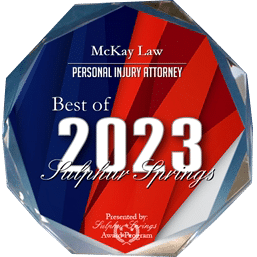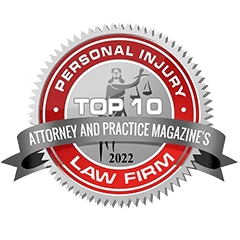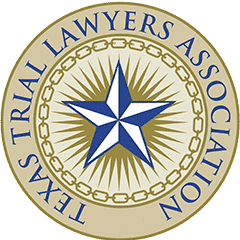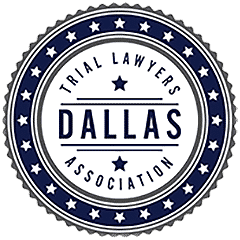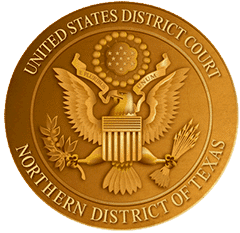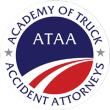Uber has developed an app that tracks and alerts drivers of their driving time and rest breaks. After 12 consecutive hours behind the wheel without a rest period, drivers are taken offline.
How Safe is An Uber Ride?
Drowsy driving is a problem with rideshare drivers who stay on the road for extended hours. To reduce accidents and injuries caused by driver fatigue, Uber’s new Fatigue Management app monitors driving time for all Uber drivers. When a driver reaches a maximum of 12 cumulative hours on the road without a required rest break, the Fatigue Management feature takes the driver out of service.
Uber drivers who rely on fares for their main source of income are especially vulnerable to drowsy driving accidents. Drivers often drive long hours to pick up more fares within a 24-hour period, putting themselves
and their passengers at greater risk of injury. According to the Centers for Disease Control and Prevention (CDC), lack of sleep before driving is the most common cause of driver fatigue which is responsible for at least 6,000 vehicle crashes each year. According to the National Highway Traffic Safety Administration (NHTSA), drowsy driving caused 3 percent of all fatal vehicle crashes from 2011 to 2015. Common signs often include:
- Frequent yawning and eye blinking
- Nodding of the head
- Difficulty maintaining a constant speed
- Running traffic lights and stop signs
- Drifting into other lanes
- Slow reaction times
The Uber Fatigue Management app uses telematics and GPS to measure a driver’s cumulative driving time. The app does not count long stops, such as waiting for a ride request, but it does count short traffic stops and multiple shifts during the day.
Prior to new limited driving rules, many Texas Uber drivers were driving up to 19-hour shifts without breaks. Uber accident attorneys saw a noticeable increase in rideshare vehicle crash rates by as much as 24 percent within the Texas area.
Texas Law: House Bill 100
On May 29, 2017, Texas Governor Greg About signed into law House Bill 100 creating statewide regulations for Transportation Network Companies (“TNCs”). This bill puts to rest the fights between local municipalities and TNCs such as Uber and Lyft, and provide a consistent set of rules across the state regulating TNC operations. The bill passed with over two-thirds of the members from the house and senate. As a result, the law is currently in effect.
To reduce and prevent drowsy driving accidents, most Texas city ordinances limit Uber drivers to a 10-hour driving shift, followed by a 6-hour rest period. When a driver gets close to hitting the limit, the app sends periodic alerts at the two-hour, one-hour, and 30-minute mark. Once the driver reaches his/her time limit, their app automatically goes offline. However, if the driver is on a trip with a passenger when the 10-hour shift expires, he/she is allowed to complete the trip before being taken offline.
There are also mandatory insurance coverages required when drivers are between rides, including the following:
- $50,000 for bodily injury to or death for each person in an incident;
- $100,000 for bodily injury to or death of a person per incident; and
- $25,000 for damage to or destruction of property of others in an incident.
There are also mandatory insurance coverages required when the driver is engaged in a ride, including coverage with a total aggregate limit of liability of $1 million for death, bodily injury, and property damage for each incident.
There’s the question of whether such policies will even be effective. Some drivers running up against Uber’s limit quickly found an easy way around the system by going to competitors. Many Uber drivers had already been working for rival platforms like Lyft, toggling between the apps depending on demand and rate. Many drivers for example, may put together full-time hours from multiple part-time ride-hail jobs. Uber may limit its drivers to 12-hour Uber shifts. But if drivers can simply switch apps in a patchwork job market, the policy may do little to curb drowsy driving—especially if they still feel financial pressures to stay on the clock.
Drivesharing Driver Hours Compared to Truck Driver “Hours of Service”
The United States Department of Transportation and Federal Motor Carrier Safety Administration (https://www.fmcsa.dot.gov/regulations/hours-service/summary-hours-service-regulations) provides Hours of Service Rules and Regulations for property-carrying and passenger-carrying drivers.
Hours of Service (HOS) regulations are issued by the Federal Motor Carrier Safety Administration (FMCSA) and govern the working hours of anyone operating a commercial motor vehicle (CMV) in the United States. These regulations apply to truck drivers, commercial and intercity bus drivers, and school bus drivers who operate CMVs. These rules limit the number of daily and weekly hours spent driving and working, and regulate the minimum amount of time drivers must spend resting between driving shifts. For intrastate commerce, the respective state’s regulations apply.
The FMCSA is a division of the United States Department of Transportation (DOT), which is generally responsible for enforcement of FMCSA regulations. The driver of a CMV is required to keep a record of working hours using a log book, outlining the total number of hours spent driving and resting, as well as the time at which the change of duty status occurred. In lieu of a log book, a motor carrier may keep track of a driver’s hours using Electronic Logging Devices (ELDs), which automatically record the amount of time spent driving the vehicle.
The HOS’s main purpose is to prevent accidents caused by driver fatigue. This is accomplished by limiting the number of driving hours per day, and the number of driving and working hours per week. Fatigue is also prevented by keeping drivers on a 21- to 24-hour schedule, maintaining a natural sleep/wake cycle (or circadian rhythm). Drivers are required to take a daily minimum period of rest, and are allowed longer “weekend” rest periods to combat cumulative fatigue effects that accrue on a weekly basis.
Enforcement of the HOS is generally handled by DOT officers of each state, and are sometimes checked when CMVs pass through weigh stations. Drivers found to be in violation of the HOS can be forced to stop driving for a certain period of time, which may negatively affect the motor carrier’s safety rating. Requests to change the HOS are a source of contentious debate, and many surveys indicate some drivers get away with routinely violating the HOS. These facts have started another debate on whether motor carriers should be required to use ELDs in their vehicles, instead of relying on paper-based log books.
DOT Regulations & What They Mean for You
| Rules for Drivers Carrying Goods | Rules for Drivers Carrying Passengers |
| May only drive a total of 11 hours, and that only after 10 consecutive off-duty hours | Can drive a total of 10 hours, and that only after eight consecutive off-duty hours. |
| Cannot drive after more than 14 consecutive hours on-duty (including time spent in non-driving tasks). May only spend 14 consecutive hours on-duty after 10 consecutive hours off-duty. | May not drive after spending more than 15 hours on duty. Can only spend 15 consecutive hours on-duty after spending eight consecutive hours off-duty. |
| Must stop driving if more than eight hours have passed since last off-duty or sleeper berth break of at least 30 minutes. Certain exemptions exist for short-haul drivers. | Passenger drivers who use a sleeper berth must spend at least eight hours within the berth prior to an eight hour shift. They may split this time up into two sessions, provided that one is at least two hours in length. |
| Driving time is limited by the 60/70 hour limit described to the right. A driver must take at least 34 consecutive off-duty hours before beginning a new 7/8-day duty period. | 60/70-hour limit: driving time is limited to 60 hours within seven consecutive days or to 70 hours within eight consecutive days. |
If you’ve been involved in an accident with a drowsy Uber, Lyft or any other rideshare driver, make sure you have the legal support you need to understand how to proceed from here. Call (903) 999-2653 to schedule your free consultation and learn more about the services we offer.












